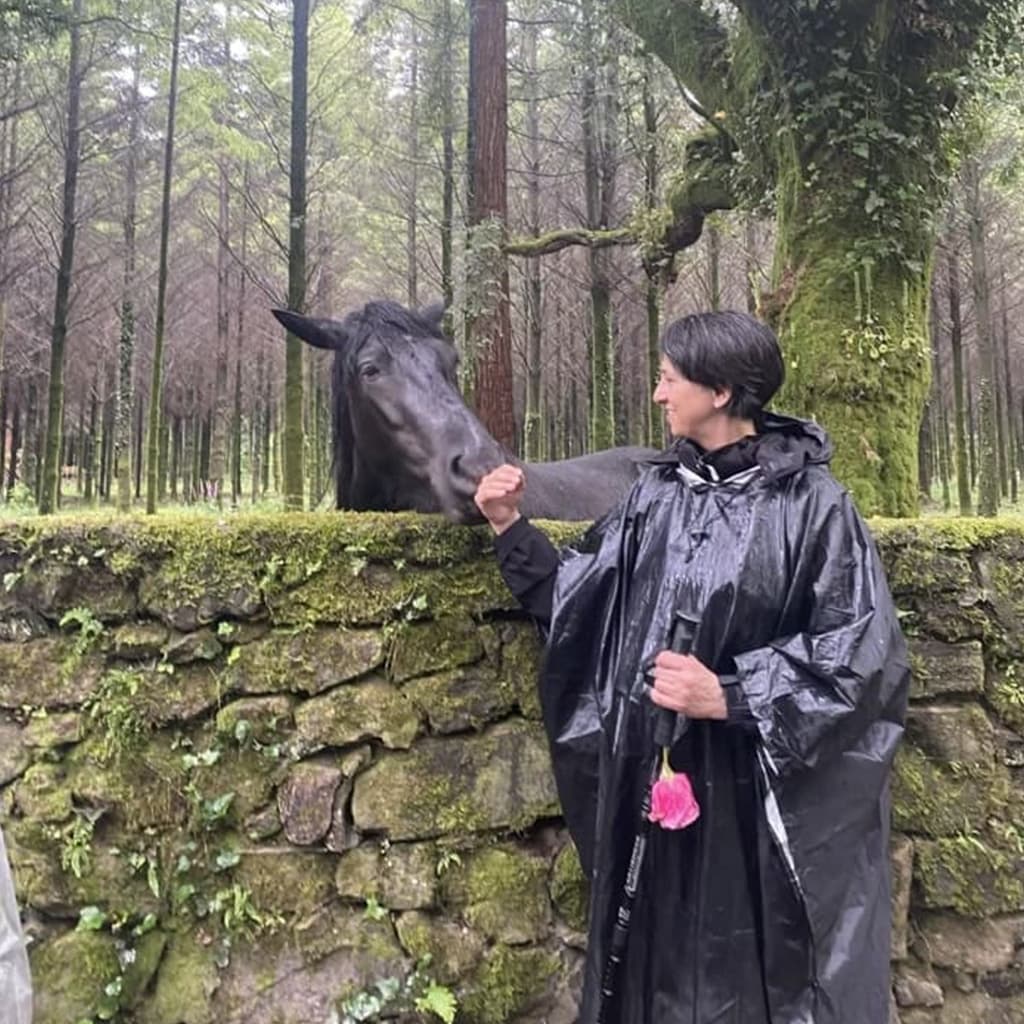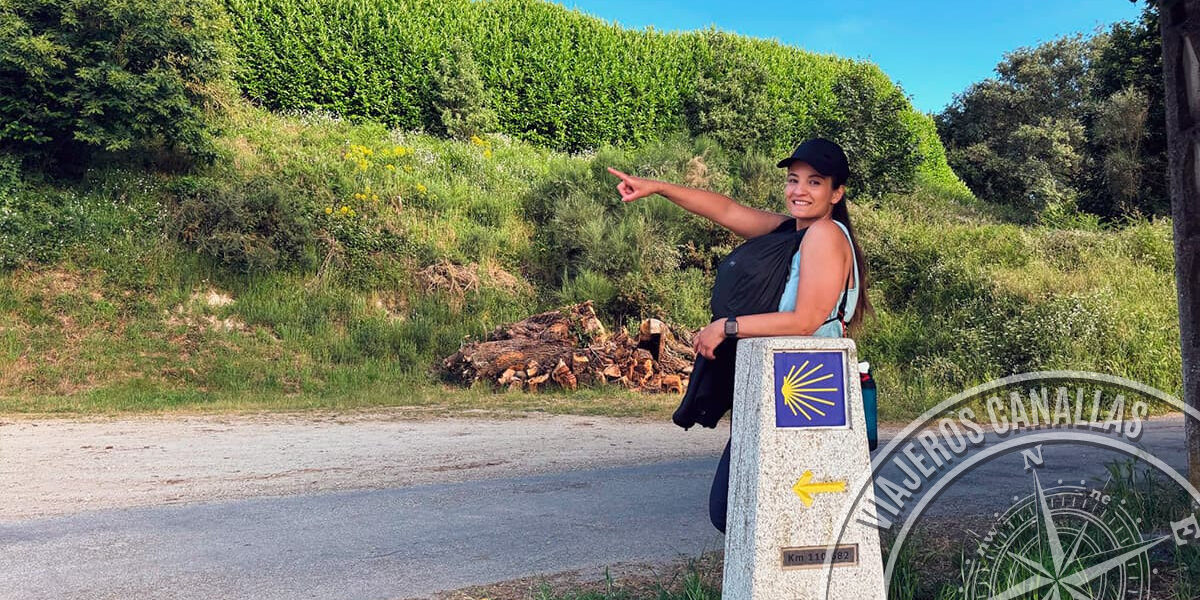Why choose a less crowded time?
Doing the Camino de Santiago is more than just walking; it is a transformative experience. However, crowds can affect your experience. Imagine walking through breathtaking scenery, listening to birdsong and feeling the gentle breeze instead of being surrounded by large groups. Choosing the right moment can make the difference between a magical experience and an overcrowded one.
Less busy seasons
Winter: For the adventurous
If you like solitude and tranquillity, winter is ideal. Although temperatures can be cold, the Camino offers a unique beauty at this time of year. However, it is important to be well prepared, make sure you book your accommodation, see what facilities will be open and take the right equipment.
Autumn: The best kept secret
One of the best times to do the Camino de Santiago is during autumn, especially in September and October. During these months, the weather is still pleasant, and most pilgrims have returned to their daily routines. In addition, the landscapes are tinged with warm colours, creating a magical atmosphere.
Spring: A rebirth
Spring, particularly in April and May, is also a good option. Although it may be more crowded than in autumn, you can still enjoy a relatively quiet atmosphere, as well as see nature in bloom.


Which one to choose depending on what you are looking for?
Total solitude: Winter, but be well prepared and secure accommodation.
Kind climate and less people : Spring or autumn, with good infrastructure.
Atmosphere and sociability: Summer; book early.
Frequently Asked Questions (FAQs)
What is the best time to do the Camino de Santiago?
The best time is in autumn (September and October) and spring (April and May) to avoid the crowds.
Is it safe to do the Camino in winter?
Yes, but it is important to be well prepared and carry the right equipment for the weather conditions.
Is summer a bad option?
Not bad, but overcrowded. July and August is total high season.
How long does it take to do the Camino?
The time varies depending on the route chosen. For example, the French Way from Sarria can be completed in 7 days, the Portuguese Way along the coast from Baiona in 8 days.
